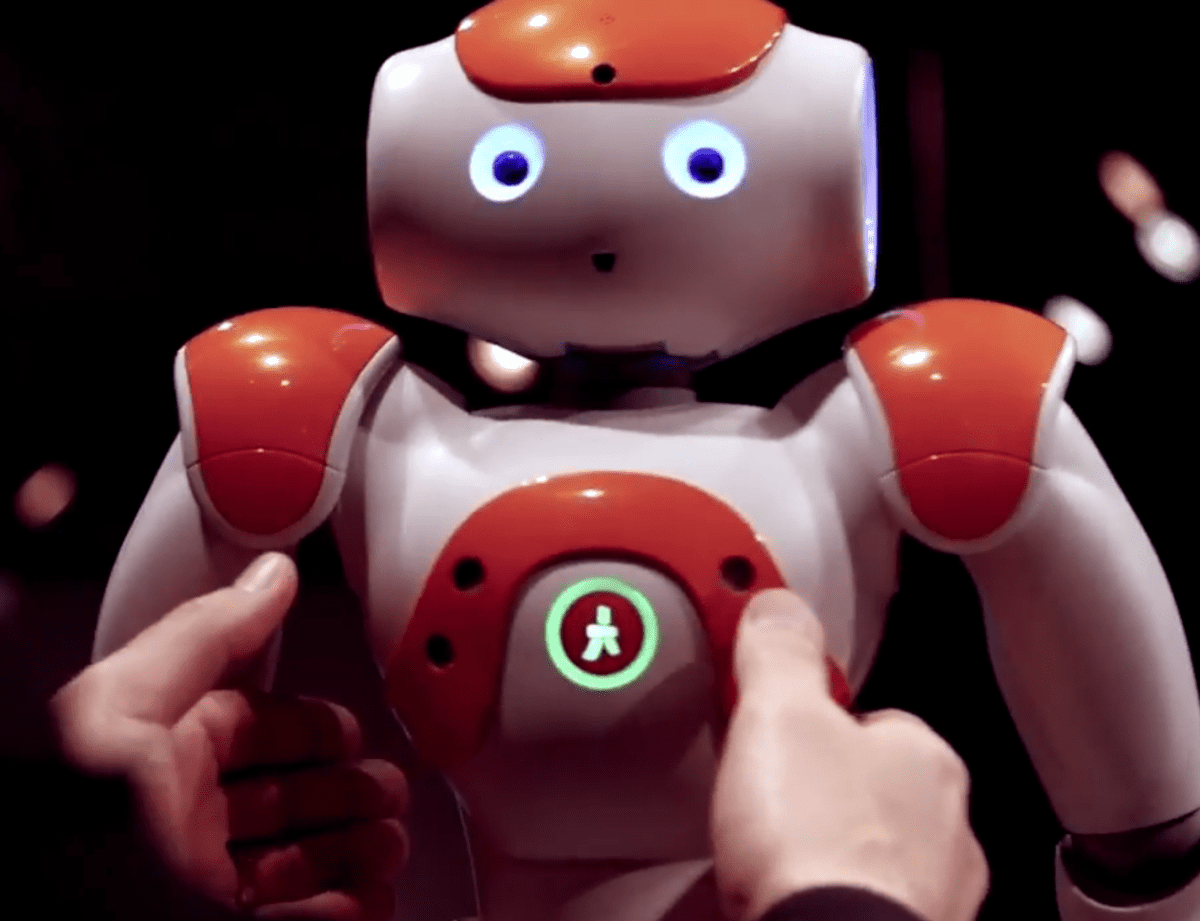
“Robots are coming,” says Bilge Mutlu, associate professor of robotics at the University of Wisconsin-Madison. “It’s not a small change.”

In the latest episode of Science Narratives, “Robots Here, There, and Everywhere” (see below), Mutlu compares the imminent robot revolution to the advent of computers and the internet. They will transform our lives, helping humans achieve what we previously considered impossible.
In the Wisconsin Human Computer Interaction Lab, Mutlu and his team work on “telepresence robots”: mobile units with video screens that allow people to navigate an environment from afar. A doctor can do patient rotations from a distant location; a girl unable to leave home can still attend school.

Mutlu is also developing “assisted robotics” for people with disabilities—for example, a robotic arm on a wheelchair that users control with their feet. Then there’s a robot companion that helps you lose weight by exercising right beside you.
“I don’t see these technologies as replacing natural interactions,” Mutlu says. “I see them as enabling people to fill in gaps.”
“Robots Here, There, and Everywhere” ends season one of Science Narratives, which makes use of UW-Madison expertise by offering free learning experiences to a broad audience. With audio and video podcasts, the series focuses on cutting-edge science and social science research and the human stories behind it. Watch for season two in fall 2016.